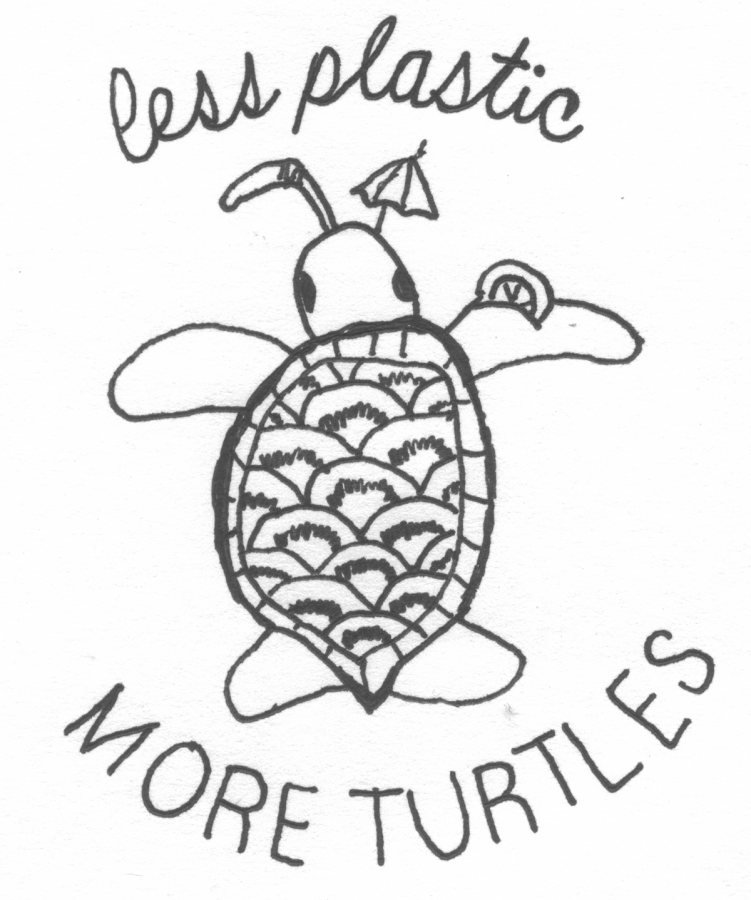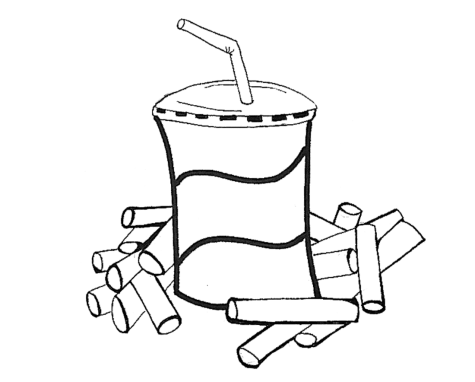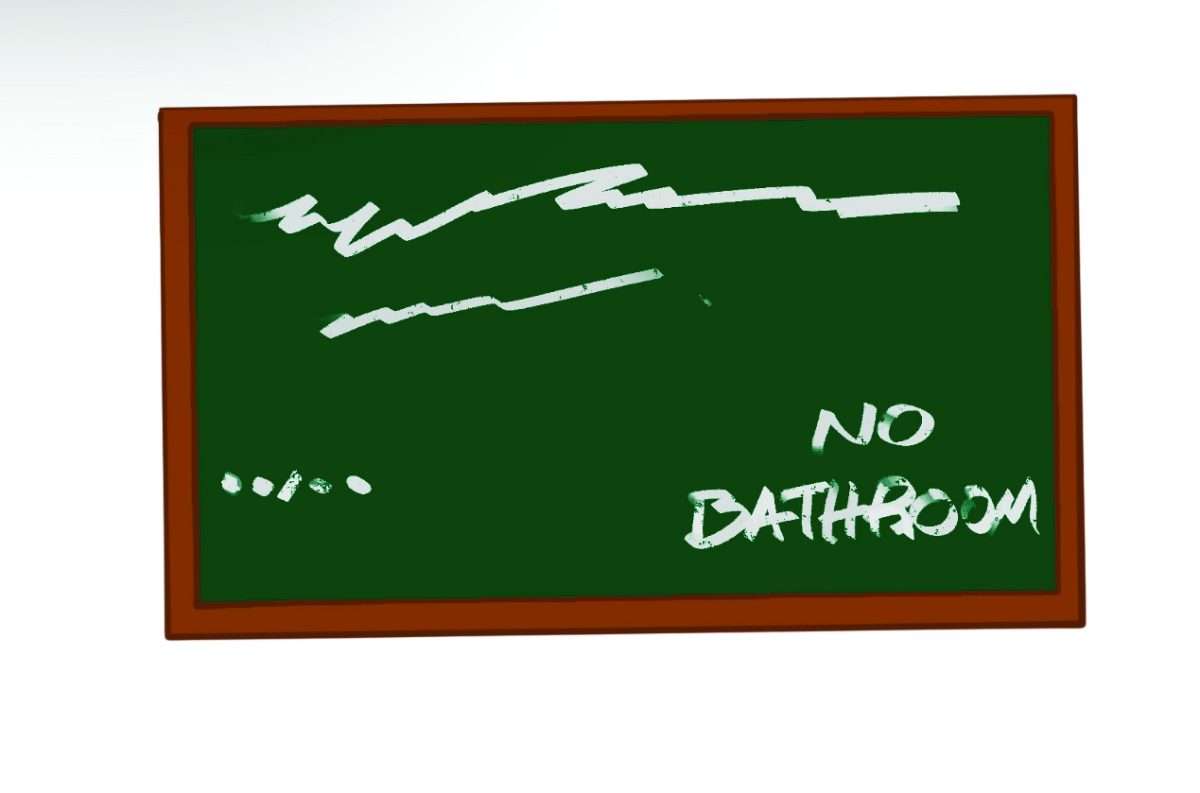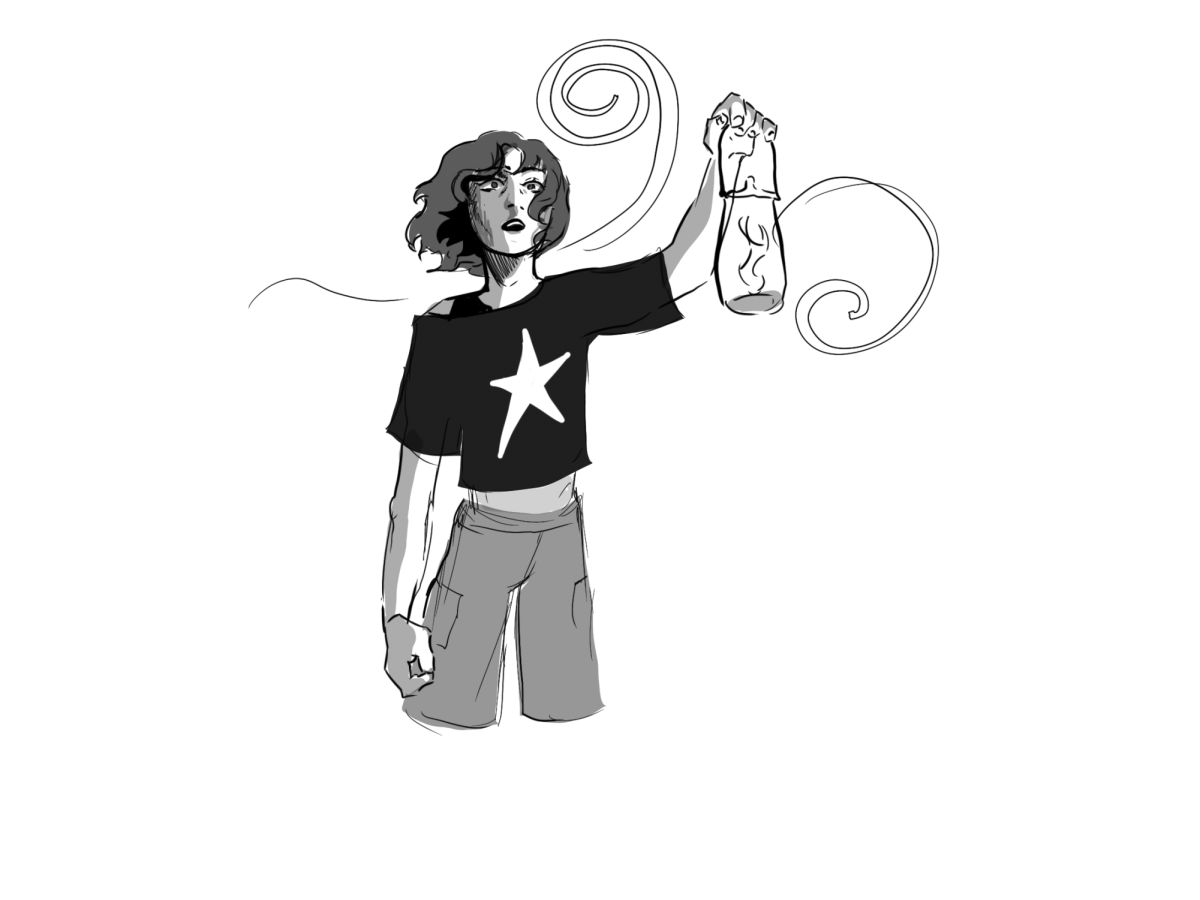According to the U.S. National Park Service, 500 million plastic straws are used and thrown away nationally every single day and eventually find their way into our oceans, harming all sorts of sea life. With these statistics in mind, the cities of Seattle; Edmonds; Berkeley, Calif. and Miami Beach, Fla.; just to name a few, have begun banning plastic straws in their restaurants and cities. Now, it’s time for the rest of the nation to follow their lead and take action.
Why are plastic straws so bad? Well, after the straw has outlived its life of usefulness, it is recycled and never given a second thought. Shouldn’t recycling the straws solve the problem?
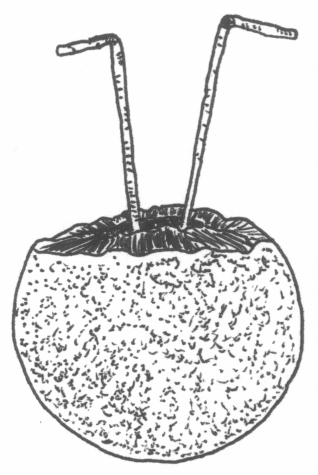
The problem is, recycling straws doesn’t solve anything. In fact, recycling them makes everything worse. Plastic straws are so lightweight they don’t make it through the mechanical recycling sorter used for recycled items. Instead, the straws contaminate other recyclable items and end up in the ocean as microplastics—plastics so small they are not visible to the naked eye. Sea creatures such as fish end up eating the microplastics, which eventually accumulates in their stomachs and kills them.
In my many attempts to get various city councils to ban plastic straws in their cities, I frequently run into the argument that we shouldn’t ban straws in restaurants because people with some medical conditions need plastic straws. I see this as a futile attempt to get out of doing what needs to be done.
While there are a few select individuals who need straws for medical conditions, the majority of us do not need to use plastic straws. For those few who do need them, there are compostable plastic straws available that can be ordered on demand at restaurants if absolutely necessary.
Many city council members I interacted with about this topic argued that it wouldn’t be fair for us to put people with certain medical conditions in a position where they are made to feel like they need to explain themselves just to get a straw. However, if there is a mutual understanding between the worker and the rest of the community that a plastic straw is only being asked for in need, then the person doesn’t have to explain their medical condition or get into unnecessary details. Is this too much to ask of a person? Some would say it is, but if taking these easy steps can help our environment, I think this is a reasonable compromise.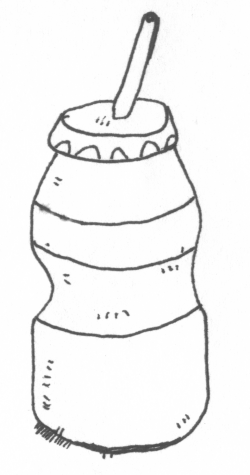
For most of us, plastic straws are merely a convenience, and yet, they are one of the biggest environmental challenges we face today. What most people don’t realize is that there are four alternate options available that are way more environmentally friendly. If you don’t want to move away from using straws, then you always have the bamboo, wooden, paper and stainless steel straws available. Due to the fact that reusable straws need to be cleaned, I can understand why it may be difficult to always use one of those alternatives, but this is exactly why all restaurants should ban plastic straws and provide paper ones for those who want to use a straw.
Attending these city council meetings, I got to hear many points of view on this topic. A lot of business owners expressed concerns that they would have a hard time implementing this change due to the strain it would cause in finance. However, if plastic straw companies switch to the production of more environmentally friendly alternatives, it would help the other business owners easily make the switch as well.
Some fast food places and restaurants have committed to a plastic straw ban already, and they are not facing any issues. Customers seem to embrace the idea of no plastic straws, and the alternates seem to be working smoothly. This proves that there is a working solution to the reduction of plastic straws, and we can all make this change effectively.
With that said, everyone has a part to play. Politicians need to create legislation without dallying, community members need to get in the habit of requesting no plastic straws before they order a drink and companies need to commit to providing straws made from other materials as opposed to plastic.
Once these steps begin to go into action, we’re on our way to reducing plastic straws in our oceans, as well as keeping our sea life from being killed by the consumption of microplastics.
All graphics by Jonathan Kwong unless otherwise stated.


